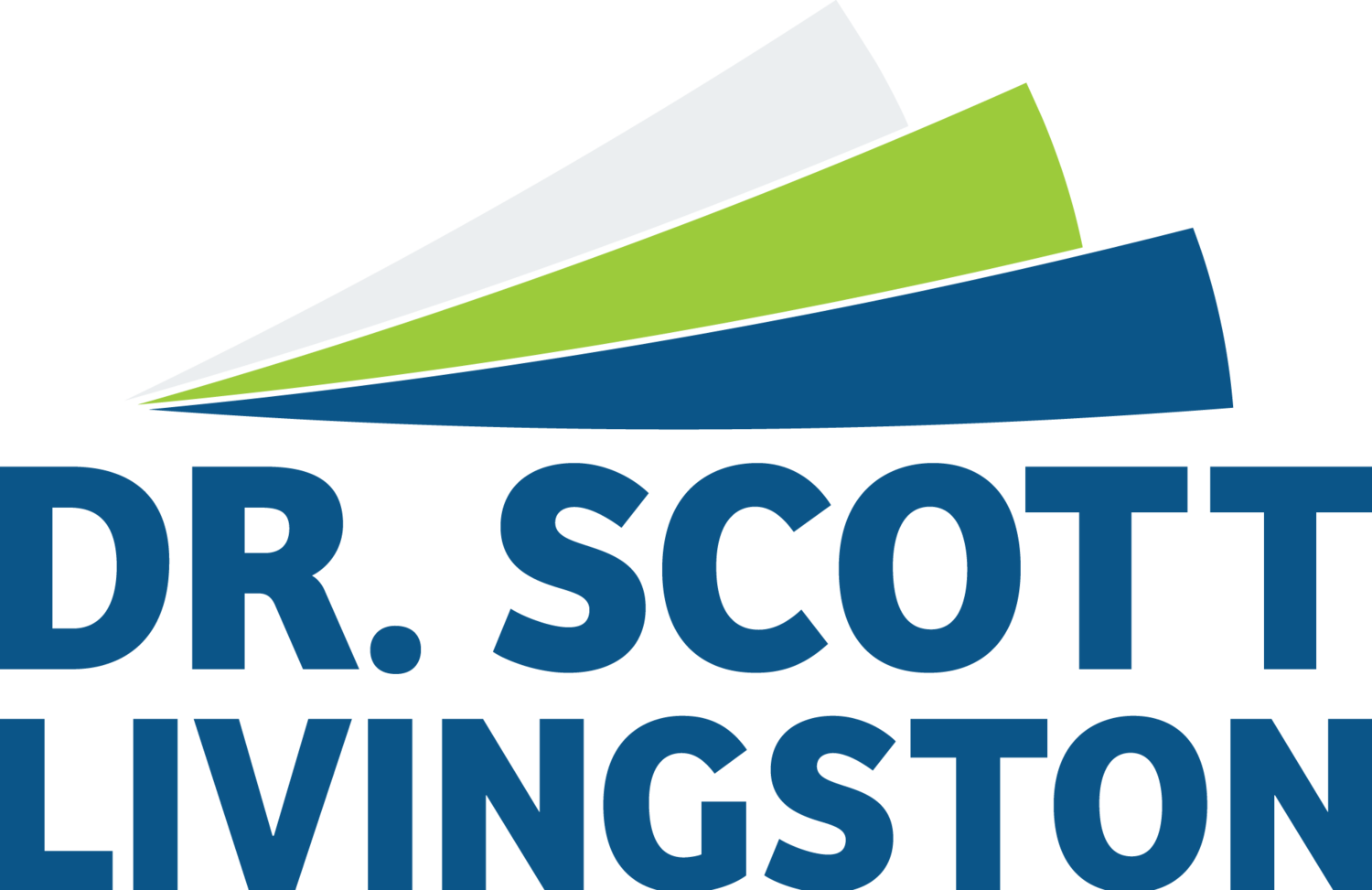Of Course That Is Not Me
I will be honest with you. When I read articles like this my knee-jerk reaction is, "He must be talking about somebody else, surely this isn't me. My question for you is, can you stay engaged with this topic long enough to really challenge yourself? Maybe this is you!
One thing I have learned over the years, and has really become evident since I have started writing on the topic of leadership, is that most who are in positions of leadership think they are really good at it. When I was just getting started with this project I had one marketing consultant actually advise me not to pursue the topic of leadership for a blog because he said, “Leadership is one of those things that everyone has their own idea about, and they think they do it better than anyone else even if they are actually horrible at it.”
“Leadership," he went on to say, “is not like weight loss. People who need to lose weight know it. They might not do anything about it, but at least they know they need to shed a few pounds. People who are poor leaders often times don't even know it or care to entertain the thought.”
Leadership has a sort of a swagger to it. It can often feel like since we obtained a position of leadership we must know what we are doing. Nothing could be further from the truth.
Tides of Leadership are Changing
The tides of leadership have been changing over the past couple of decades, and research is showing that the followers of leaders are much more influential than they have been in the past. With the advent of technology the bonds that followers feel with each other just make them more powerful.
For leaders, any enhancement in skills, personality, or behavior are futile if the relationship between the leader and the follower is not sound. When it is all said and done, leaders really do not choose followers, it is the followers who choose who leads them.
Attention Leaders: It is about Followers
Barbara Kellerman, in her book Followership: How Followers are Creating Change and Changing Leaders, defined followers as “subordinates who have less power, authority, and influence than do their superiors and who therefore usually, not invariably, fall into line.” Kellerman goes on to divide followers into five distinct commitment groups:
Die-hards-passionate regarding ideas or people; become dedicated when they assign high value.
Activists-Supportive, eager, energetic, and engaged in the ideas and tasks.
Participants-show care and compassion. Will support if they agree. Will oppose if they disagree.
Bystanders-Observe from the sideline. Generally disengaged. Passive support.
Isolates-Do their jobs and keep their heads down. Do not care much for the leader nor respond to them.
The thing I find interesting in how leadership is evolving in organizations is to examine not who is at the top of any pyramid, but to observe those who are attracting followers who are passionate and extremely dedicated. If you stepped back and examined different leaders in your organization, how would they measure up using the Followership criteria? Who are the leaders who are attracting diehard followers? Do you have leaders who have more participants or bystanders?
Assess Your Leadership
What if you scored your own leadership by how your followers are responding to your leadership? Try this simple exercise:
1. Write down the names of those whom you lead. If you have more than 15 you may want to just pick a sample that represents the population.
2. Score their followership:
Die-hards-5points Activists-4points Participants-3points Bystanders-2points Isolates-1 point
3. Add up the points and divide by the number of followers to find your average followership score.
Does the score you obtain score higher than 4 on average? If not, then you may be leading but are you obtaining the results you desire? It is hard to make changes or create vision when you have a congregation of participants and bystanders.
What do you need to do to as a leader to take a bystander to an activist? Or perhaps a participant to a diehard?
Do This To Enhance Followership
One significant factor in the leader/ follower relationship is credibility. In their book Credibility, Jim Kouzes and Barry Posner offer some practical insight for leaders who want their followers to want to follow them. Credibility, according to these authors, is the foundation of leadership. People want to believe and trust those whom they follow.
It is easy for us as leaders to say to ourselves “of course I am trustworthy." You might think you are, but yours is not really the opinion that matters. Do your followers think you are trustworthy? The answer to this question is what will ultimately allow them to decide what kind of follower they will be.
According to the research of Kouzes and Posner, the majority of people look for and admire leaders who are honest, forward-thinking, inspiring, and competent. These four factors play a significant role in the level to which the leader is able to lead because they determine the type of follower that the follower will choose to become.
So how are you doing in creating diehard followers?
I would love to hear your story if you have one to share, or if you decide to do the exercise above let me know the results and what, if any, changes you might need to make.
Scott





